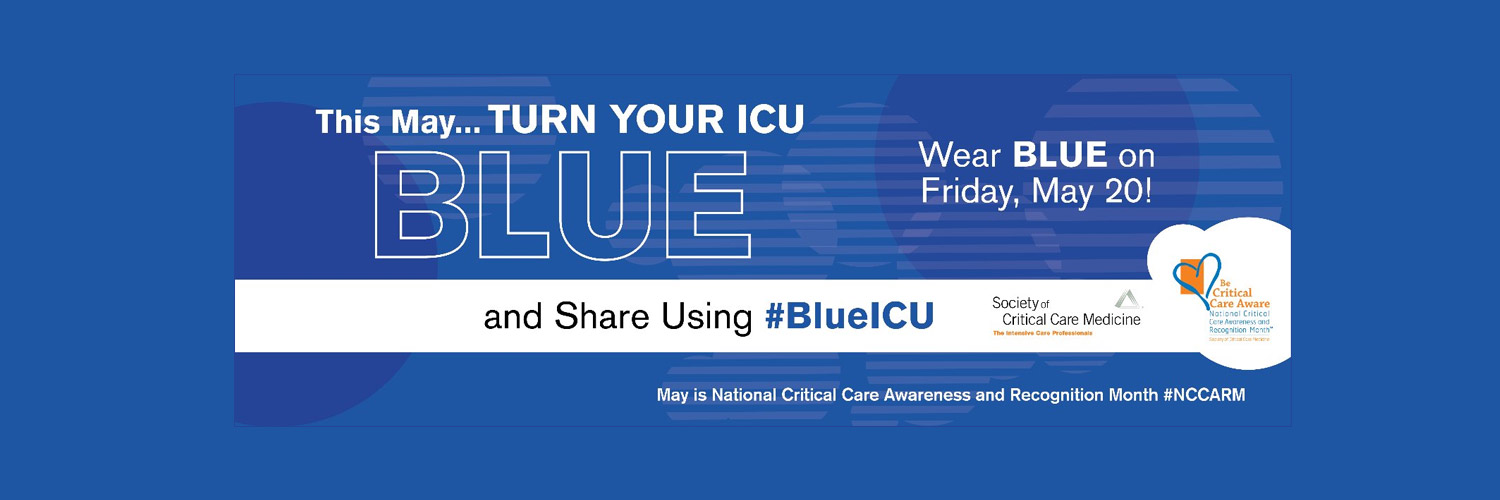
As the number of cases linked to the novel coronavirus and the disease it causes, COVID-19, surpassed 1,200 in the U.S., the American Association for Bronchology and Interventional Pulmonology (AABIP) released new guidelines for the treatment of suspected or confirmed patients with the disease.
The new recommendations were based on Centers for Disease Control and Prevention reports as late as March 9, according to a statement from the AABIP COVID-19 Task Force released March 12.
AABIP recommends that physicians not perform bronchoscopies on patients suspected or confirmed to have COVID-19, despite upper respiratory sampling being a primary method of diagnosing the novel virus.
Rather, AABIP suggests nasopharyngeal and oropharyngeal swabs for collecting upper respiratory samples in suspected COVID-19 cases. For intubated patients, tracheal aspirates and non-bronchoscopic alveolar lavage may also be used.
However, if bronchoscopy is warranted during COVID-19 testing or treatment, AABIP said physicians should use a disposable bronchoscope to protect patients and staff. Single-use bronchoscopes are intended for one-time use and do not require reprocessing, maintenance or repair.
Additional guidance included only essential personnel be present during any sample collection to reduce risk of exposure.
2020 AABIP Statement on Bronchoscopy in COVID 19 Infections https://t.co/PA5SAcmiy2 @accpchest @atscommunity @wabipconnect @WiIP_WomeninIP American College of Chest Physicians American Thoracic Society pic.twitter.com/kzVt7hwOXU
— AABIP (@AAB_IP) March 12, 2020
COVID-19 is a respiratory disease and is spread through droplets produced when an infected person coughs or sneezes. The disease can also be spread from contact with infected surfaces or objects.
The new recommendations are meant to ensure patient safety, as well as the safety of the healthcare community, during what the World Health Organization has determined to be a global pandemic, according to the statement.
“Because it is an aerosol-generating procedure that poses substantial risk to patients and staff, bronchoscopy should have an extremely limited role in diagnosis of COVID-19 and only be considered in intubated patients if upper respiratory samples are negative and other diagnosis is considered that would significantly change clinical management,” the statement read.
If disposable bronchoscopes are not available, AABIP said strict adherence to reprocessing guidelines is necessary for patient safety.
Clinicians are encouraged to evaluate for other illnesses such as influenza or respiratory syncytial virus when COVID-19 is suspected. In deciding to test for COVID-19, physicians should also consider the patient’s travel history and the local prevalence of the disease, according to AABIP.
As of March 13 at 2 p.m., the Johns Hopkins Coronavirus Resource Center had reported 1,268 confirmed COVID-19 cases in the U.S. and 33 deaths from the disease. Most of the U.S. deaths were patients in the state of Washington.
For more information
Ambu stands ready to support the healthcare industry in this difficult time and are doing everything we can to ensure supply of our fourth-generation single-use bronchoscopes, which are used in more than 2,500 hospitals nationwide, along with our closed-loop bronchial sampling system. For more information, visit ambuusa.com.


